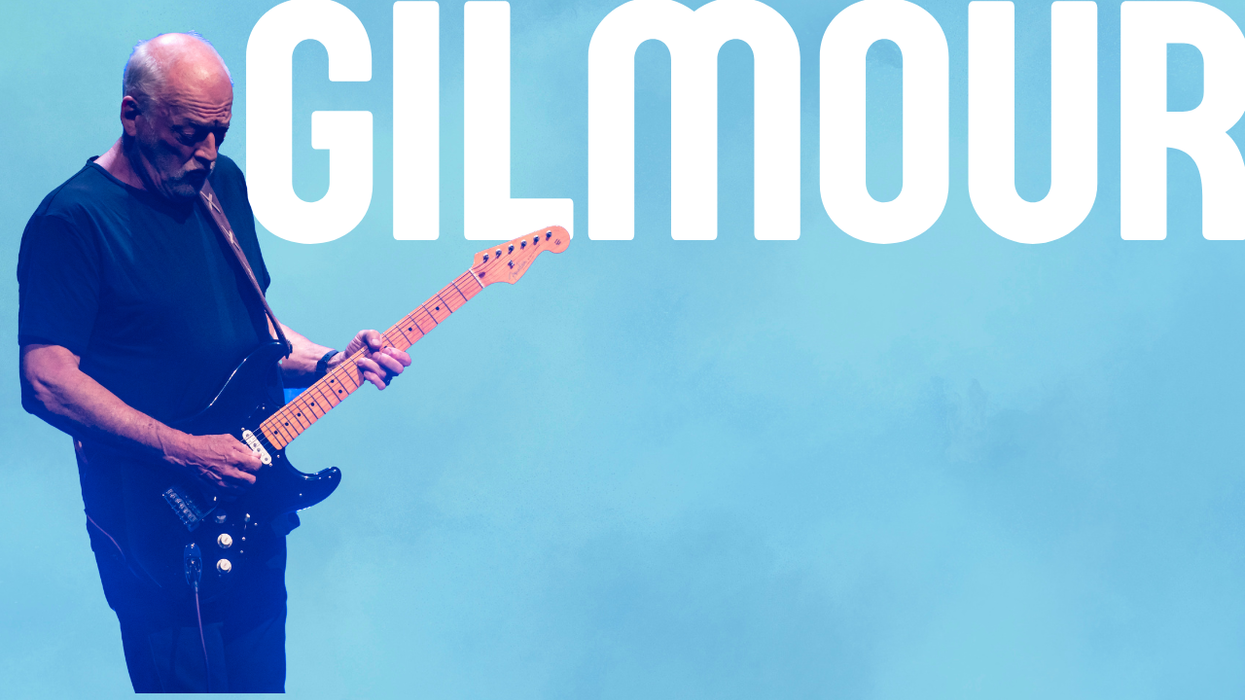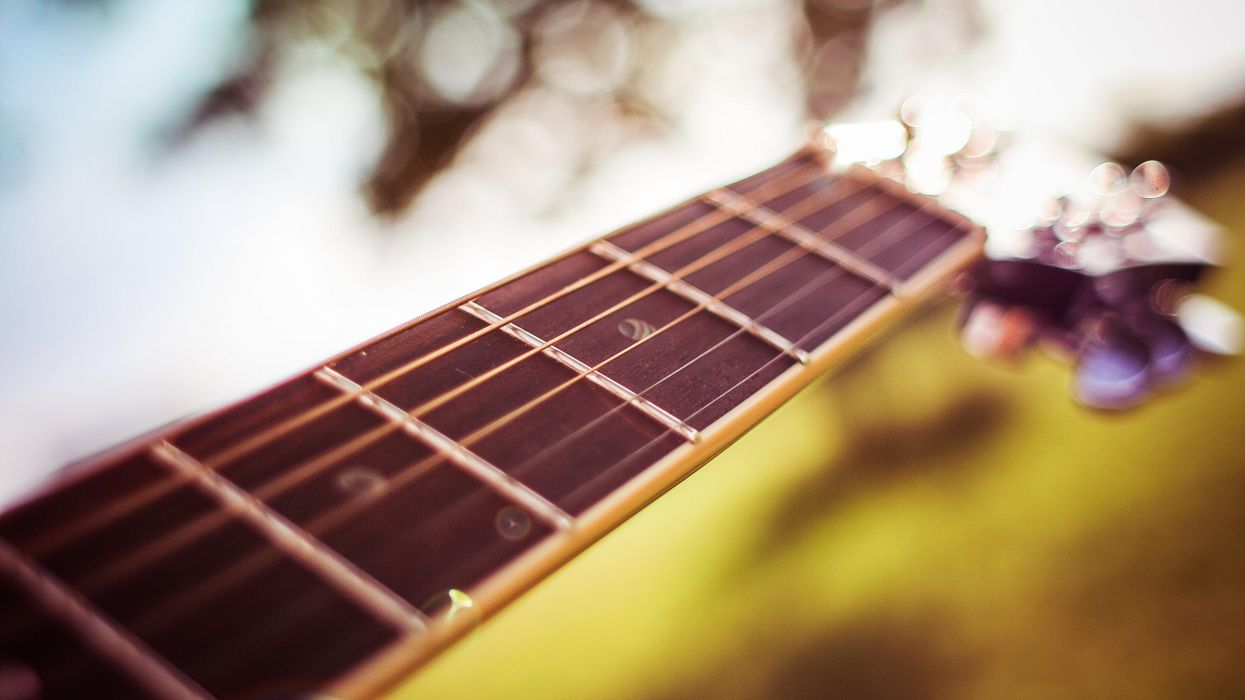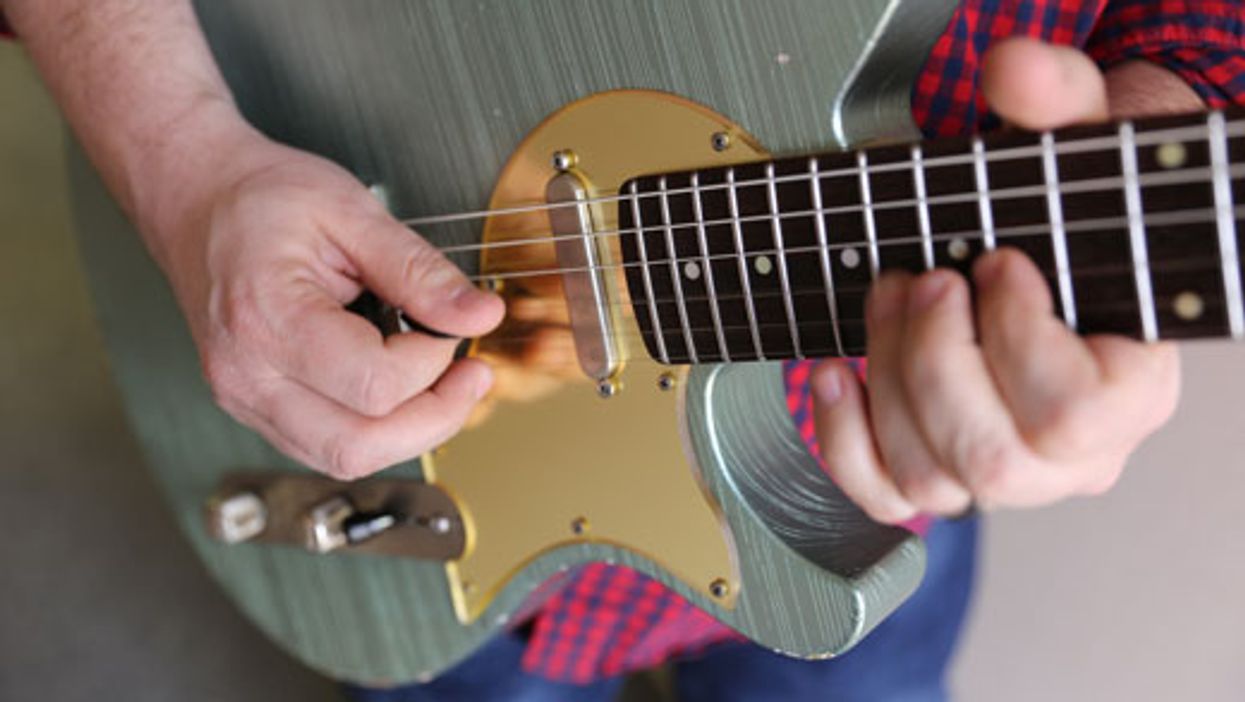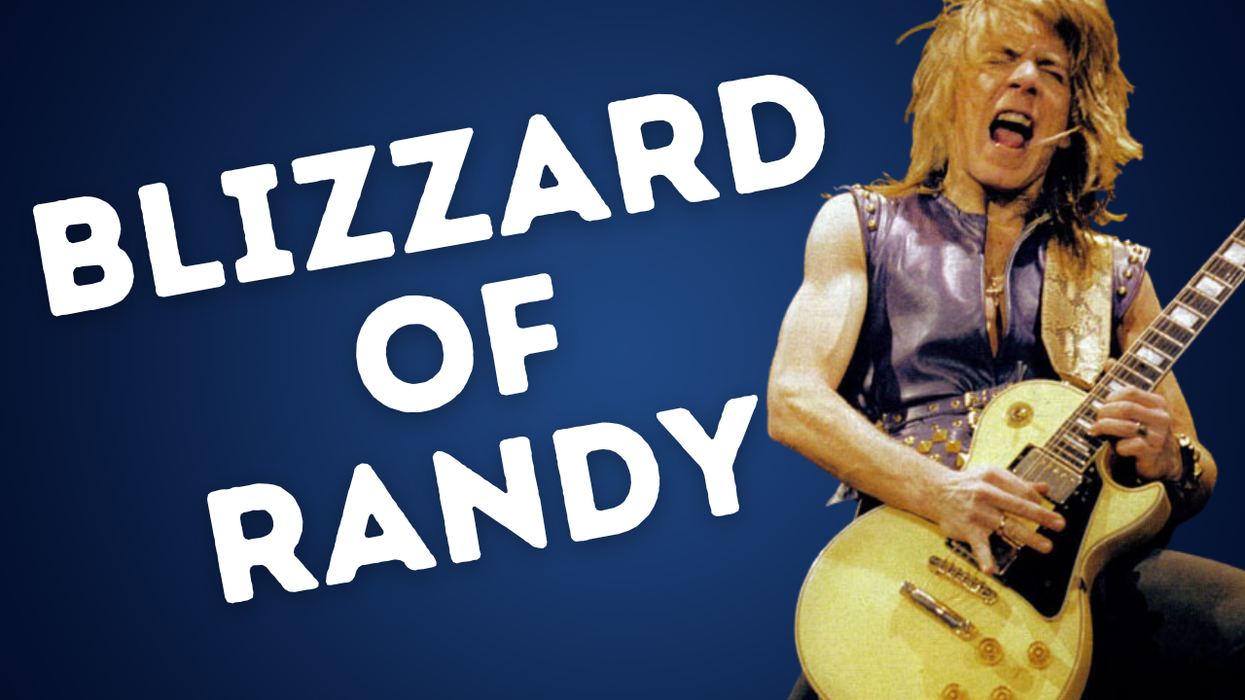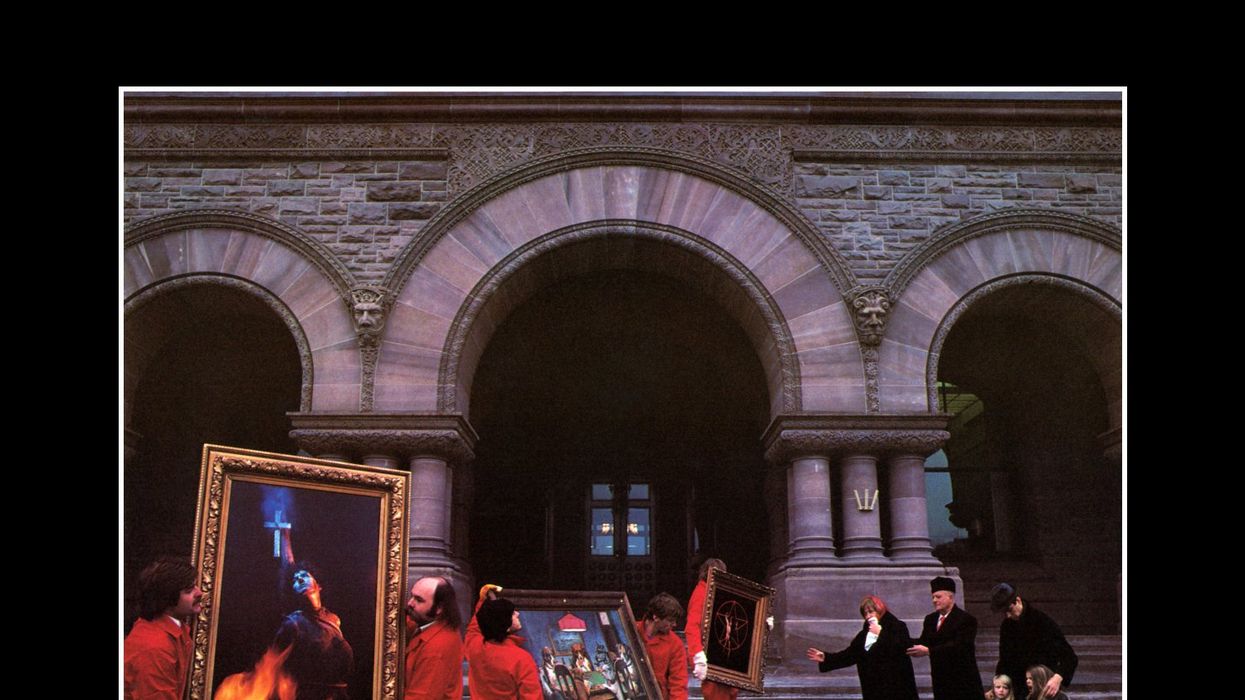Let’s take a look at building cool lines using root-position diatonic triads taken from the major scale. What is a triad? A triad is built by stacking three alternating notes from a scale. For example, if we take a G major scale (G–A–B–C–D–E–F#) and build a triad on the root by skipping every other note we get G–B–D, a major triad. Another way to think of this is to stack a minor third (B–D) on top of a major third (G–B). If we extend this process throughout the scale, we end up with the following triads: G, Am, Bm, C, D, Em, and F#°.
Because all these chords are diatonic to a single key, we can use them to create some interesting lines. Many rock and fusion guitarists who are inspired by saxophone players use this approach in their improvisations. Larry Carlton, Frank Gambale, and Steve Lukather are just a few of the notable 6-stringers who incorporate this approach into their phrasing.
When beginning to build lines with triads, many guitarists find that it can feel a bit dry and uninspiring. It’s not the most classically “guitaristic” way of approaching the instrument, but it can lead to some incredibly melodic playing and faster lines that really pique the listener’s ear. In this lesson, we’ll explore ways to practice our scales to get more comfortable with triads. I’ll also demonstrate techniques for building lines and then conclude with an improvised solo for you to check out.
The first six examples use notes from the G major scale. However, they’re played over an Am7 chord to give us an A Dorian (A–B–C–D–E–F#–G) flavor. In each audio example, the line is played up to speed and then at half the subdivision speed, so you can practice along. Take these ideas through each position of the major scale, both ascending and descending.
In Ex. 1, I’m playing diatonic triads up the scale in eighth-note triplets. You can use any articulation you wish (picking, legato, or hybrid picking). The goal isn’t to attain speed, but a sense of musicality when playing through these examples.
Ex. 1
For Ex. 2, we’re playing the triads “backwards,” starting on the top note of each root position triad and descending with triplets.
Ex. 2
Ex. 3 showcases the classic zig-zag technique often used by saxophone players. Here, we ascend the first triad and then descend through the next triad. This sequence continues through the example. As an extra bit of practice, try starting with a descending triad into an ascending one at the start of the exercise.
Ex. 3
Now let’s look at how to make these patterns sound compelling. Ex. 4 showcases the use of straight 16th-notes, where each triad is played in groups of four. This way we can get more out of each triad before moving to the next one.
Ex. 4
In the next lick (Ex. 5), we take our 16th-notes and create some odd groupings. The five-note pattern is to ascend two notes in one triad and then ascend three notes of the next triad. By playing a five-note pattern in groups of four, we give the line a syncopated, rising feel.
Ex. 5
We’re sticking with a five-note pattern for Ex. 6, but this time we are using a 1–3–5–1–3 pattern on each triad before moving on.
Ex. 6
Now that we’ve tackled some exercises to help get our fingers wrapped around the triads, let’s put these ideas into a more musical context. Ex. 7 is an eight-measure solo in the key of B minor. I won’t break it down note-for-note, but I encourage you to analyze it and pick out the triads I used. As a bonus, I’ve included the backing track I played over, so you can develop your own melodic phrases based on these techniques. Dive in!


